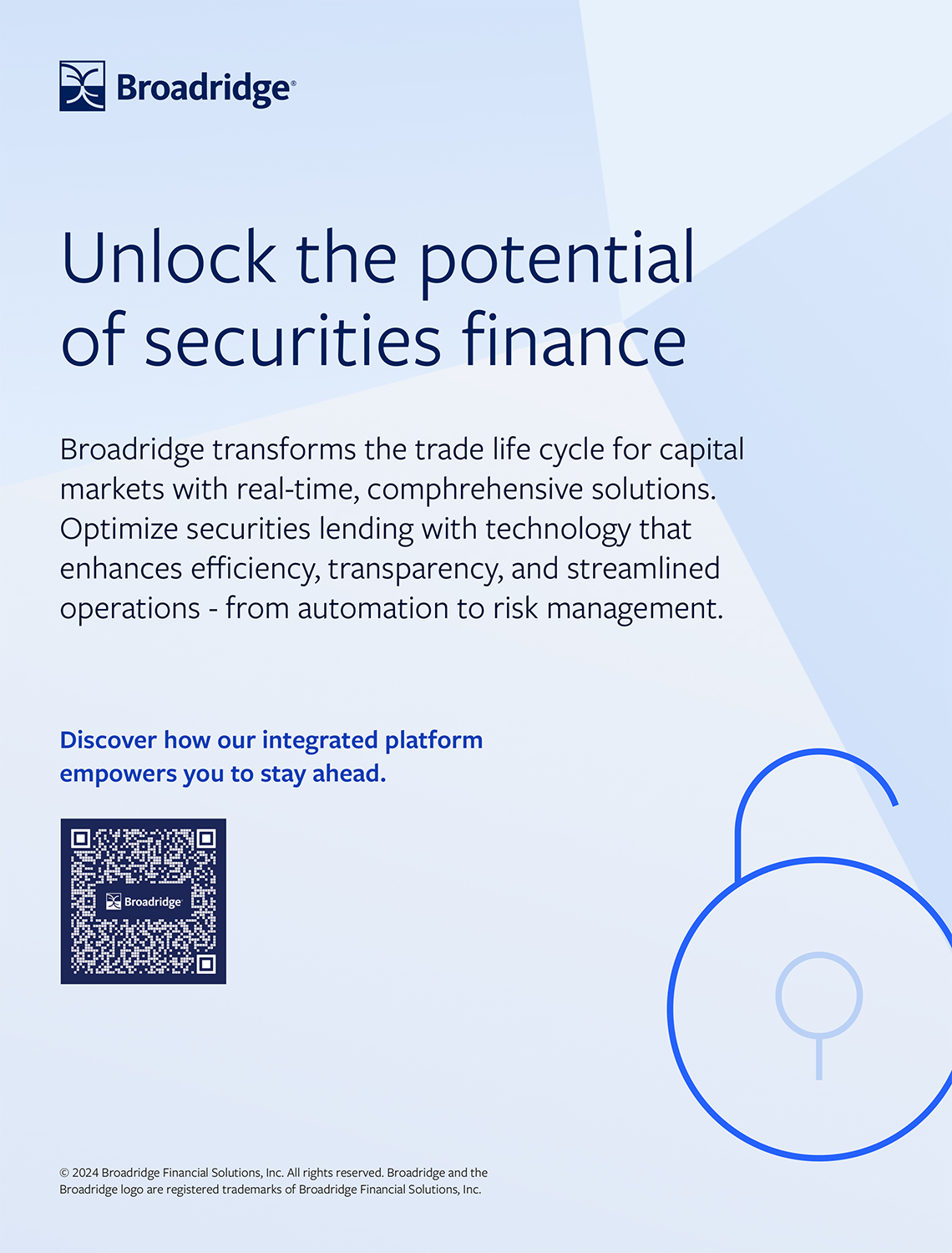GLEIF lays out digital LEI specs
11 February 2021 Switzerland
 Image: tostphoto/adobe.stock.com
Image: tostphoto/adobe.stock.com
The Global Legal Entity Identifier Foundation (GLEIF) has unveiled the issuance and technical infrastructure models for its new blockchain-compatible verifiable legal entity identifier LEI (vLEI).
The vLEI initiative was announced last year and aims to enable instant and automated identity verification between counterparties operating across all industry sectors through the use of a digital LEI.
The vLEI system is designed in accordance with the World Wide Web Consortium’s open standard Verifiable Credentials Data Model.
GLEIF has promised the system will interoperate "seamlessly and securely" with all technology models, including distributed ledger technology (DLT) by adopting a ‘network of networks’ approach.
To accomplish this, GLEIF will leverage the Key Event Receipt Infrastructure (KERI) protocol to develop the vLEI’s technical underpinnings.
KERI provides a cryptographic development framework enabling vLEIs to be anchored and verified without requiring a self-sovereign identity DLT utility network to operate.
Using the KERI protocol, vLEIs can be created and utilised independently of any specific company or organisation, with the highest levels of security, privacy and ease of use, GLEIF states.
KERI also enables vLEI trust ecosystem to operate under GLEIF’s governance framework.
The vLEI technical infrastructure will enable the vLEI’s cryptographic keys to be generated and controlled directly by GLEIF, by vLEI Issuers and by vLEI holders, in accordance with the legal requirements in many jurisdictions.
Each party will maintain full, independent control and portability across systems, GLEIF confirms.
GLEIF says this the vLEI issuing ecosystem to take advantage of all DLT, self-sovereign identity and other cloud-based public utilities to notarise cryptographic actions or transactions, maximising interoperability and flexibility in the vLEI system.
Each vLEI must be issued by a GLEIF-certified vLEI issuer to a legal entity client that has an LEI.
The vLEI issuance process has been designed in full accordance with standards of the Linux-based Trust over IP Foundation, of which GLEIF is a contributing member.
“For the vLEI to become the de-facto choice in digitised organisational identity globally, both its issuing system and underlying architecture have to embody GLEIF’s unwavering commitment to open systems and open data,” says GLEIF CEO Stephan Wolf.
“This is a critical development in our work to bring the benefits of a digitised LEI system to all industry sectors around the world,” he adds.
The vLEI initiative was announced last year and aims to enable instant and automated identity verification between counterparties operating across all industry sectors through the use of a digital LEI.
The vLEI system is designed in accordance with the World Wide Web Consortium’s open standard Verifiable Credentials Data Model.
GLEIF has promised the system will interoperate "seamlessly and securely" with all technology models, including distributed ledger technology (DLT) by adopting a ‘network of networks’ approach.
To accomplish this, GLEIF will leverage the Key Event Receipt Infrastructure (KERI) protocol to develop the vLEI’s technical underpinnings.
KERI provides a cryptographic development framework enabling vLEIs to be anchored and verified without requiring a self-sovereign identity DLT utility network to operate.
Using the KERI protocol, vLEIs can be created and utilised independently of any specific company or organisation, with the highest levels of security, privacy and ease of use, GLEIF states.
KERI also enables vLEI trust ecosystem to operate under GLEIF’s governance framework.
The vLEI technical infrastructure will enable the vLEI’s cryptographic keys to be generated and controlled directly by GLEIF, by vLEI Issuers and by vLEI holders, in accordance with the legal requirements in many jurisdictions.
Each party will maintain full, independent control and portability across systems, GLEIF confirms.
GLEIF says this the vLEI issuing ecosystem to take advantage of all DLT, self-sovereign identity and other cloud-based public utilities to notarise cryptographic actions or transactions, maximising interoperability and flexibility in the vLEI system.
Each vLEI must be issued by a GLEIF-certified vLEI issuer to a legal entity client that has an LEI.
The vLEI issuance process has been designed in full accordance with standards of the Linux-based Trust over IP Foundation, of which GLEIF is a contributing member.
“For the vLEI to become the de-facto choice in digitised organisational identity globally, both its issuing system and underlying architecture have to embody GLEIF’s unwavering commitment to open systems and open data,” says GLEIF CEO Stephan Wolf.
“This is a critical development in our work to bring the benefits of a digitised LEI system to all industry sectors around the world,” he adds.
NO FEE, NO RISK
100% ON RETURNS If you invest in only one securities finance news source this year, make sure it is your free subscription to Securities Finance Times
100% ON RETURNS If you invest in only one securities finance news source this year, make sure it is your free subscription to Securities Finance Times



